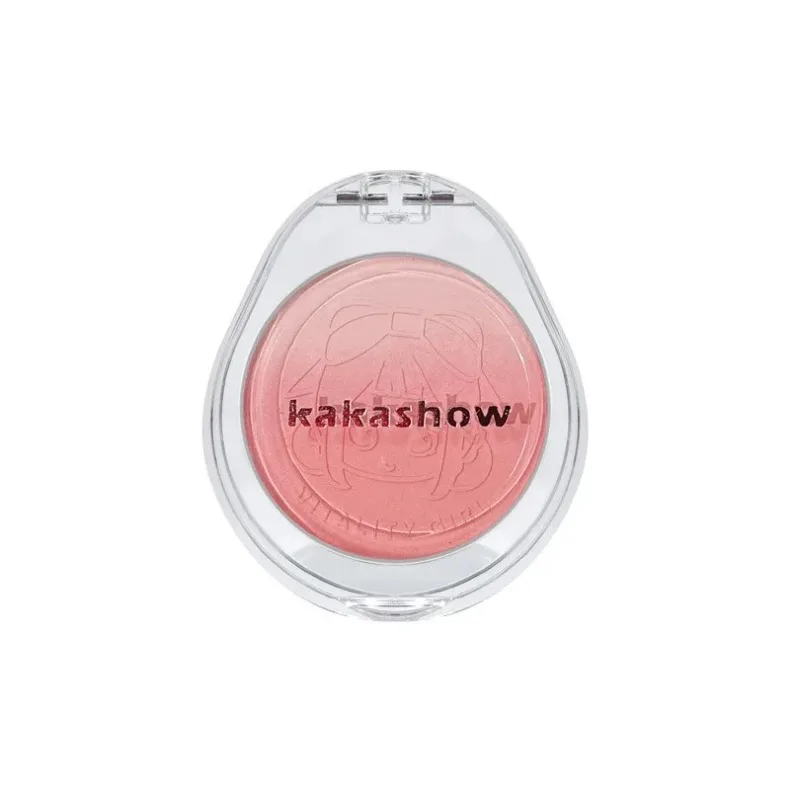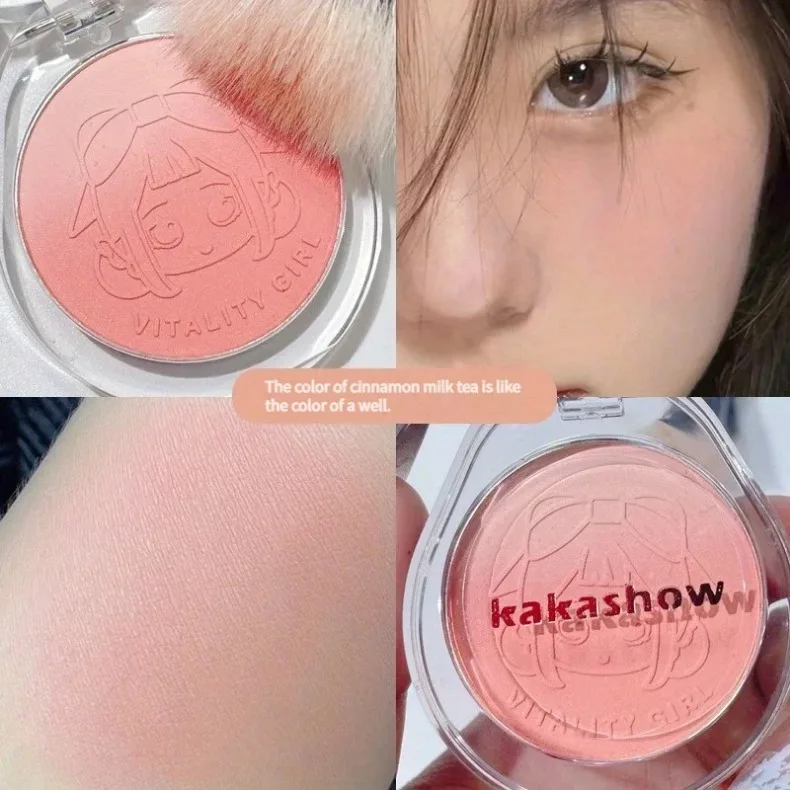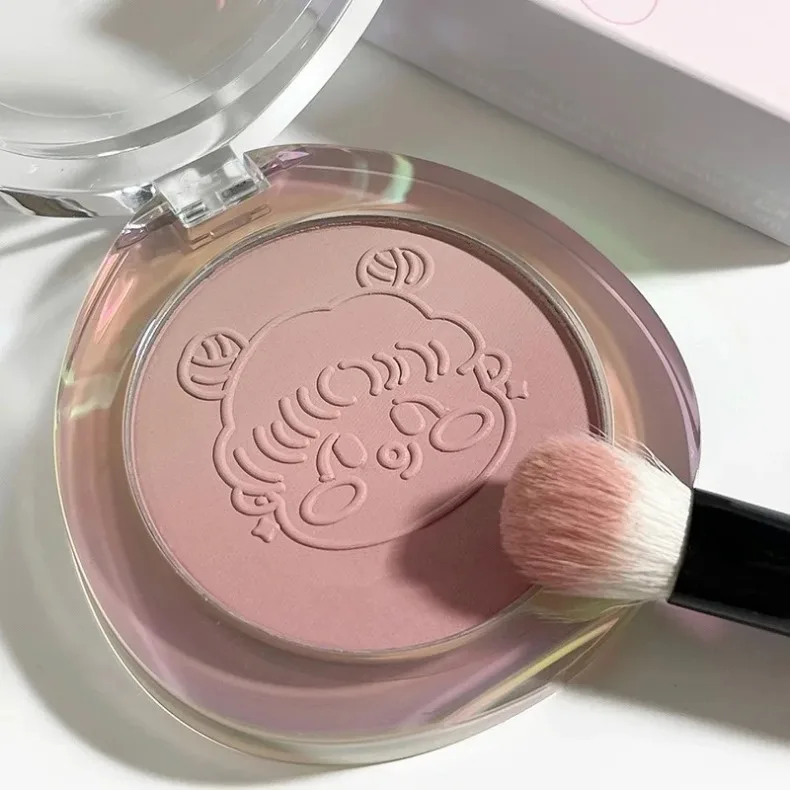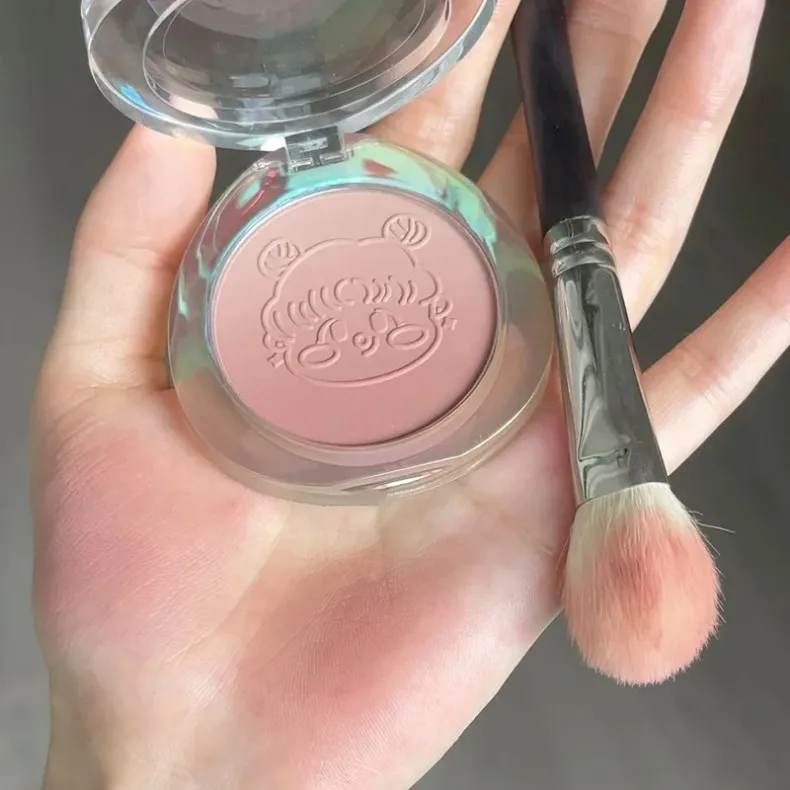Overview of DIY Blush
Creating your own blush at home can be a rewarding experience. It allows you to customize colors and ingredients to suit your skin type and preferences. Moreover, DIY blush is often more cost-effective compared to store-bought options. By making your own blush, you also reduce environmental impact by minimizing packaging waste. Additionally, it opens up a creative avenue to mix and match different pigments and textures. Overall, learning how to make blush enriches your beauty routine with a personal touch and gives you control over the composition of your cosmetics.

Benefits of Making Your Own Blush
When learning rosiness, you discover several benefits. First, creating your own blush ensures you know every ingredient. This is crucial for those with sensitive skin or allergies. You can avoid harsh chemicals often found in commercial blushes. Second, making blush at home can be more budget-friendly. Store-bought blushes can be expensive, especially if they are from high-end brands. By making it yourself, you control the cost by choosing ingredients according to your budget. Third, DIY blush allows for perfect customization. You can experiment with different shades and textures until you find what works best for you. This tailored approach ensures your blush perfectly complements your skin tone and personal style. Moreover, DIY blush is environmentally friendly. Homemade blush reduces packaging waste since you reuse containers. Finally, the process of making your own blush is fun and creative. It adds a unique, personal touch to your beauty routine. Each batch can be a proud reflector of your crafting skills.
Essential Ingredients for Homemade Blush
To embark on the journey of creating your own rosiness, you’ll first need to gather the essential ingredients. The beauty of DIY rosiness is that you can start with a few simple items and expand as you become more confident in your craft. Here is a list of basic ingredients you should consider for homemade blush:
- Pigments: Your primary concern will be the colors. Many use natural powders such as beetroot, hibiscus, or cocoa powder for brown tones.
- Binding Agent: A binding agent helps your blush adhere to the skin. Common options include arrowroot powder or cornstarch.
- Oil: If you’re making a cream blush, you’ll need an oil. Jojoba, coconut, or almond oil are popular choices for their skin-friendly properties.
- Containers: Reusable containers with secure lids are important. They keep your blush safe and make application easy.
To ensure your blush is skin-safe, opt for non-toxic pigments. Use food-grade or organic ingredients when possible to limit skin irritation. Keep in mind that each ingredient must be finely ground to achieve a smooth application. When considering blush, remember that quality ingredients lead to a quality product. Collect your supplies, and you’ll be ready to move on to crafting your very own shade of blush.
Step-by-Step Guide to Making Powder Blush
Creating your own powder blush is both satisfying and simple. Here’s a straightforward guide to help you make your perfect shade.
- Gather Your Ingredients: Start by collecting all the essential ingredients listed earlier. You’ll need pigments, a binding agent, and a container.
- Mix the Pigments: Choose the primary color you wish to create. You can mix different natural powders, like beetroot for red or cocoa for brown, until you achieve your desired shade.
- Combine With Binding Agent: Mix your colored powder with a binding agent such as cornstarch or arrowroot powder. This mixture ensures the rosiness will smoothly adhere to your skin.
- Sift the Mixture: To break up clumps and ensure an even texture, sift the mixture a few times.
- Store Properly: Transfer your final product into a chosen container with a secure lid. This prevents moisture from spoiling your rosiness.
- Label Your Blush: Don’t forget to label your container. Include the shade and date of creation for future reference.
By following these easy steps on rosiness, you create a personalized product tailored exactly to your preference and skin type.
How to Create a Cream Blush Formula
Creating a cream rosiness brings a dewy, natural glow to your cheeks. The process is much like making powder blush, with a few key differences. Below is your simple guide on how to make blush in a cream form.
- Select an Oil Base: Choose a skin-friendly oil like jojoba, coconut, or almond oil. These oils nourish the skin while forming the creamy base of your rosiness.
- Combine Oil with Color Pigments: Mix your chosen oil with natural pigments. Start with a small amount of pigments and gradually increase until you reach your desired color intensity.
- Add a Thickener: To give your blush a creamy consistency, include a natural thickener like shea butter or beeswax. Melt it and blend well with the oil and pigments.
- Test the Consistency: The mixture should be smooth but not too liquid. If it’s too thin, add more thickener. If too thick, add a bit more oil.
- Pour into Containers: Once mixed, transfer your rosiness to a clean container. Lip balm tins or small jars work well for cream blushes.
- Let it Set: Before using, let your rosiness set and harden slightly. Cooler temperatures help it solidify to the right consistency.
- Label Your Cream Blush: Write the shade and the date on the container. It helps remember when you made it and to track its freshness.
Remember, cream blushes offer hydrating benefits and are ideal for dry skin types. They also provide a more youthful, radiant finish. For longevity, store in a cool, dry place away from direct sunlight.

Tips for Customizing Your Blush Shade
Customizing your rosiness shade enhances its appeal. Understanding blush your own gives you unlimited possibilities. Start with a base color. Add small pigment amounts gradually. This controls shade intensity. Test on wrist or jawline frequently. This ensures your desired color matches your skin tone. Consider undertones. Blend reds for warm skin, and pinks for cool tones. Adjust brightness with white or black powders. Remember, natural light shows true colors best. Keep notes of your recipes. Write down pigment ratios for future batches. Finally, have fun! Blush making is an art. Enjoy the process.
Advice on Storing and Applying Your DIY Blush
Creating your own rosiness at home requires proper storage and application techniques. Here are some pointers to help you get the most out of your DIY blush.
Storing Your Homemade Blush
Keep your rosiness in a cool, dry place away from direct sunlight. This will help preserve its color and longevity. Make sure to use clean containers with tight lids to prevent contamination. If you’ve crafted a cream blush, storing it in the refrigerator can keep it fresh longer. Always check your blush before use for any signs of spoilage, such as changes in color or smell.

Understanding Safety and Allergy Tests
When diving into ‘rosiness’, safety is paramount. You must ensure the ingredients are safe for your skin. Start with an allergy test. Apply a tiny amount of each ingredient to your inner arm. Wait for 24 hours. Look for signs of irritation or allergic reaction. If there’s redness, itching, or any discomfort, do not use the ingredient.
Before adding a new ingredient to your rosiness, patch test it alone. This pinpoints which substances cause reactions. Always select ingredients rated as non-toxic and skin-safe, especially if sensitive skin is a concern.
Keep in mind, even natural ingredients can cause allergies. Do not assume a ‘natural’ label means allergy-free. Homemade cosmetics lack preservatives. This means a shorter shelf life. It also increases risk of bacterial growth. Always sanitize your containers and tools before use.
Document any reactions while testing and making rosiness. This helps in avoiding allergens in future batches. Understanding safety and performing allergy tests are critical in learning rosiness that’s not just beautiful, but also safe.
